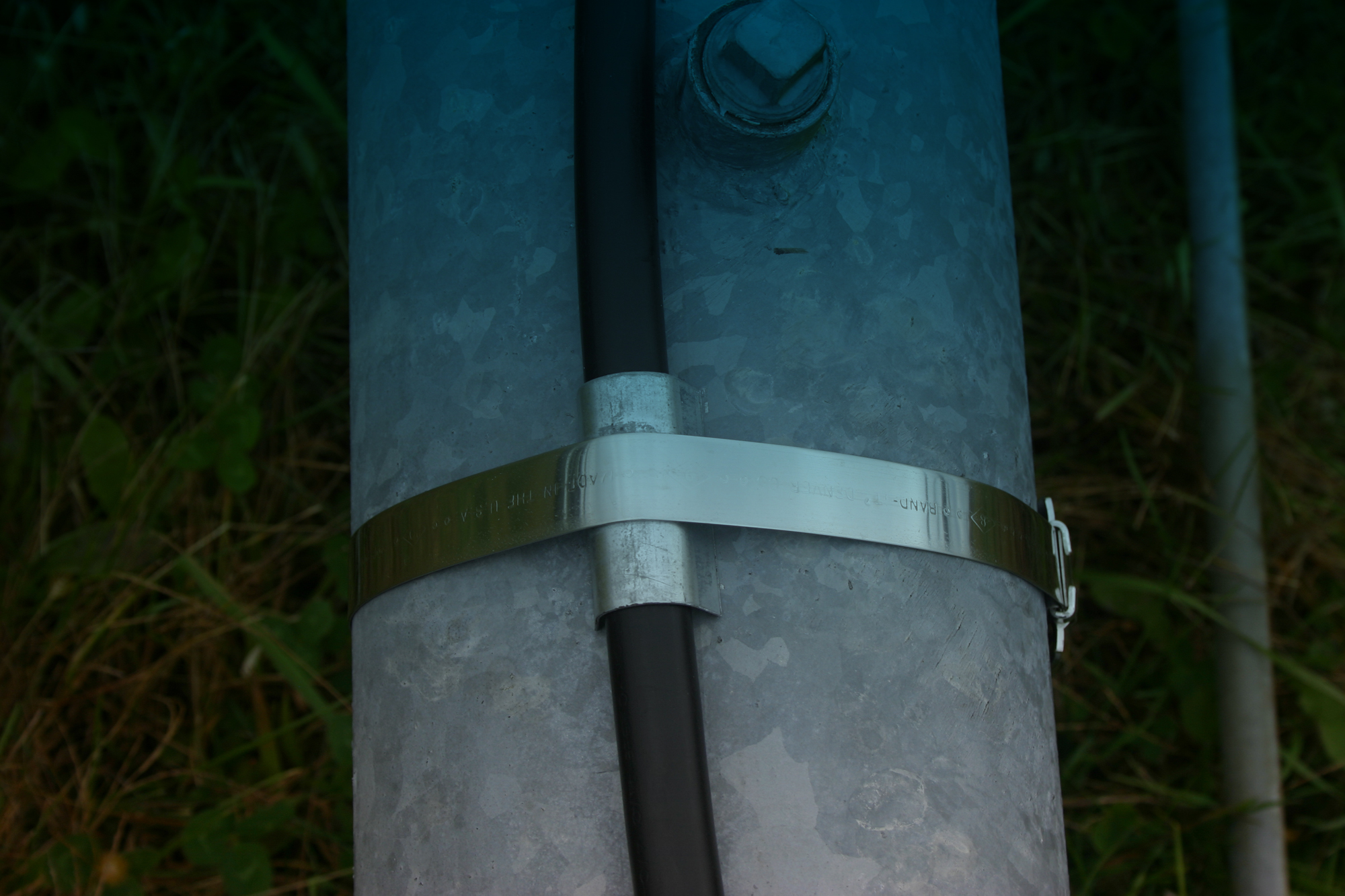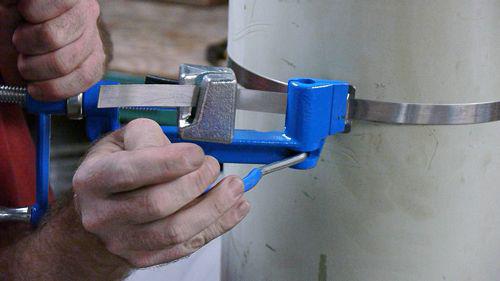Sometimes you need to strap cables together for an underground or overhead project and the usual straps won’t work. The same could happen with a distribution box that needs to be strapped to the pole, or some transport goods need to be strapped, but polyester, rubber, polypropylene, and nylon strappings just won’t get the job done. In that, you’re going to need stainless steel straps. They’re incredibly useful and are very practical, but choosing the right version can get a bit tricky at times. That’s why we’ve written this guide for you so that you’ll know what to choose and when.

What Exactly is a Stainless Steel Strap?
The stainless steel strap, which is also sometimes named steel banding or metal banding, is an industry-standard strap used to fasten and strap down heavier metal objects that couldn’t be fastened otherwise. They’re used in many industries in a variety of situations, such as the appliance industry, automotive industry, real estate industry, machinery manufacturing, environmental equipment, medical equipment, and so on. A common one would be the stainless steel Band-It strap, and they’re typically made of stainless steel with different widths and thicknesses that can be used to strap any object. Their most common usage is like a belt to strap objects together or fix an object in one place, which means they can be easily used in various industries all around the world. They’re insanely popular for this very reason, so even your business might likely benefit from using them.
Performance
It’s safe to expect stainless steel strapping to have a very high breaking point, which means it can withstand maximum weight and pressure before breaking, which also means that it won’t bend under the weight of the objects it’s being strapped to. The stainless steel banding strap is also resistant to corrosion and the elements, and if maintained properly, it will also withstand rust. Just like any other steel product, steel can be a significant issue, so if you want the stainless steel band will always function as intended, you need to make sure to maintain it. The good news is that stainless steel is easier to maintain than regular steel, and on top of that, it’s also much more resistant to the elements and corrosion than regular steel, so you can safely use it both indoors and outdoors. Even though steel banding might appear expensive at first, it’s ultimately a money saver because it’s so efficient at what it does.
Stainless Steel Strap Types
Not every project can be strapped with the same type of strap. Sometimes you need more thickness, and sometimes less, but that means you should understand the project first before committing to a specific type of banding. There are three common types of stainless steel straps.

Type 201
Type 201 is often considered the most affordable version. That’s because it’s made with more manganese than nickel, even though it’s worth noting that nickel is also present. For that reason, Type 201 is considered the industry standard. Between 201 and 304, 201 is the stronger and tougher type.
Type 304
Type 304 has quite a few properties that make it desirable in some areas. For instance, it’s more corrosion resistant than Type 201 is, and it’s used by all kinds of businesses that operate in workplaces where salt, moisture and other environmental factors are a threat to the metal. Type 304 is the ideal choice for joining lightweight signs to metal poles, fastening insulation to pipes, and so on.
Type 316
Type 316 is the most expensive form of steel available. However, it’s also the most corrosion-resistant. 316 metal is also capable of standing up to extreme temperatures. All of this makes Type 316 the ideal strapping solution in places like oil rigs and on machines that go underwater.

Dimensions
A big reason why stainless steel banding is so widely used is its variety in dimensions. It can vary in width and thickness significantly. The width can be 6.4mm, 9.5mm, 12.7mm, 16mm, and 19mm. In general, thickness is 0.4mm, 0.5mm, 0.64mm, 0.7mm, and 0.75mm. These dimensions can also be adjusted according to your needs, which is another reason for the stainless steel straps enduring popularity. It’s a general rule of thumb that the thicker the strap the harder it is, but also the more expensive. So it’s important to find the right ratio of width to thickness, with most industries favouring thickness. That’s because strength and hardiness are generally preferred. After all, bending a thick slab of steel is never going to be easy.
Closures
Stainless steel straps cannot be used directly like cable ties. They need to be used in conjunction with what’s called a closure to close the circle around the object. After wrapping the stainless steel strap to the object, you need to install what’s called a closure. These are accessories that are highly necessary for the entire procedure, and you’ll most likely need the correct tool to tighten the closure. There are four main types of closures:

- Buckles are available in all strap types. The width of the buckles typically is 10mm, 12.7mm, 16mm, and 20mm.
- Wing seals are preferable for lighter loads and can be used in conjunction with all strap types. Their width usually is 10mm, 12.7mm, 16mm, and 20mm.
- Screw Buckles can be removed and often reused and can work with all three strap types. Their width typically is 10mm, 12.7mm, 16mm, 20mm.
- Pusher seals are available as open or closed seals and come in a variety of sizes and steel types.

